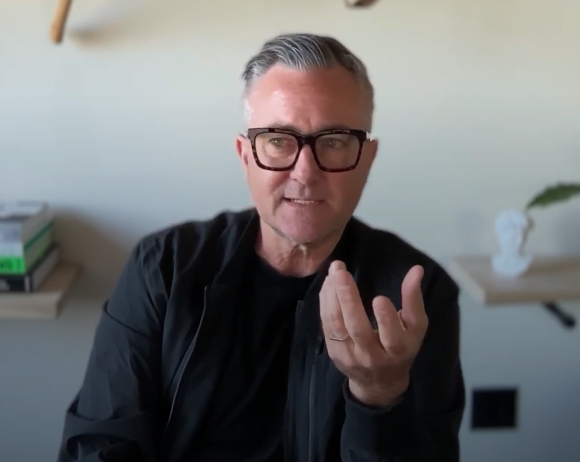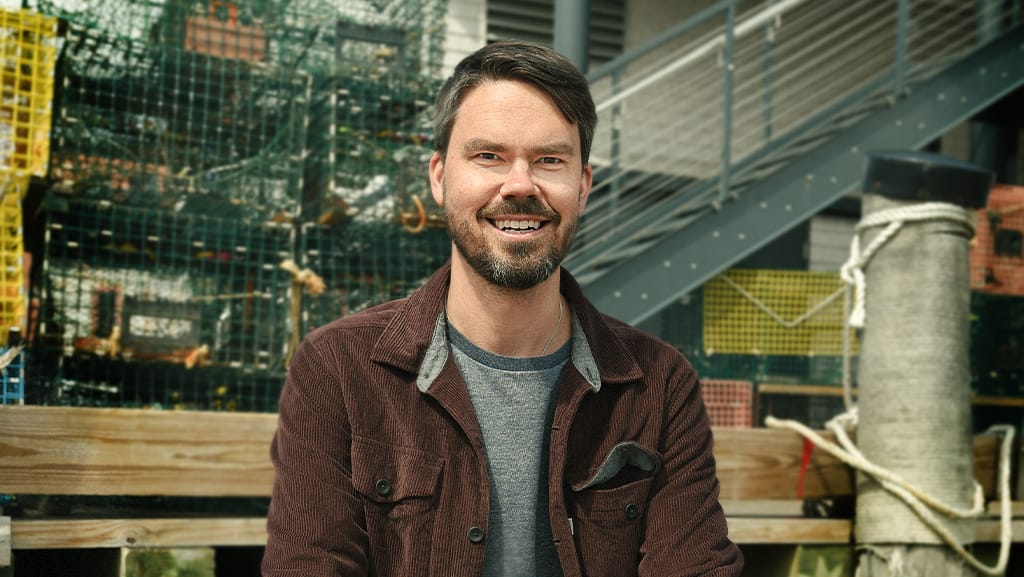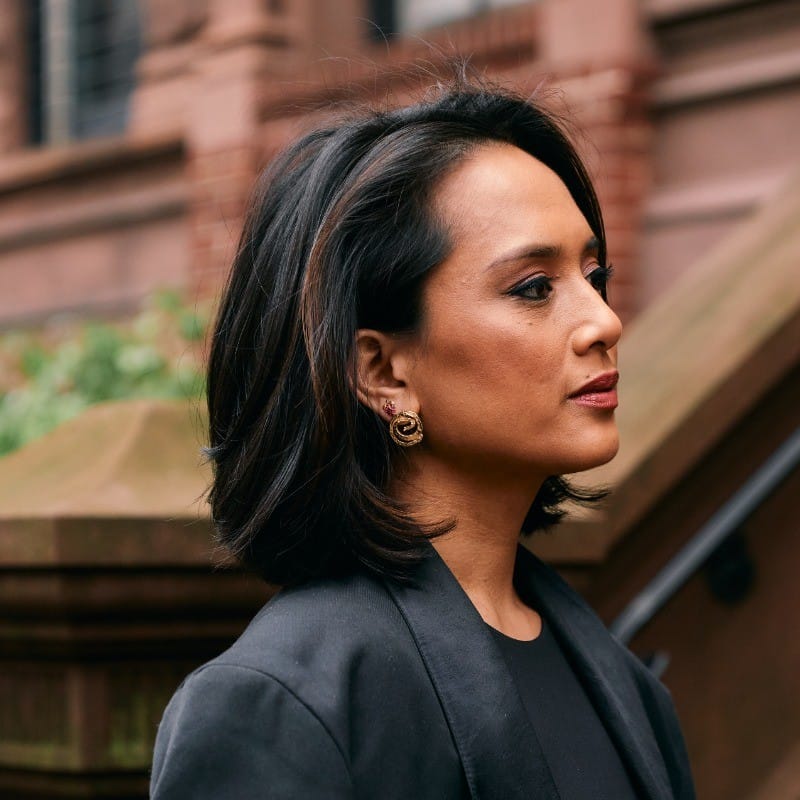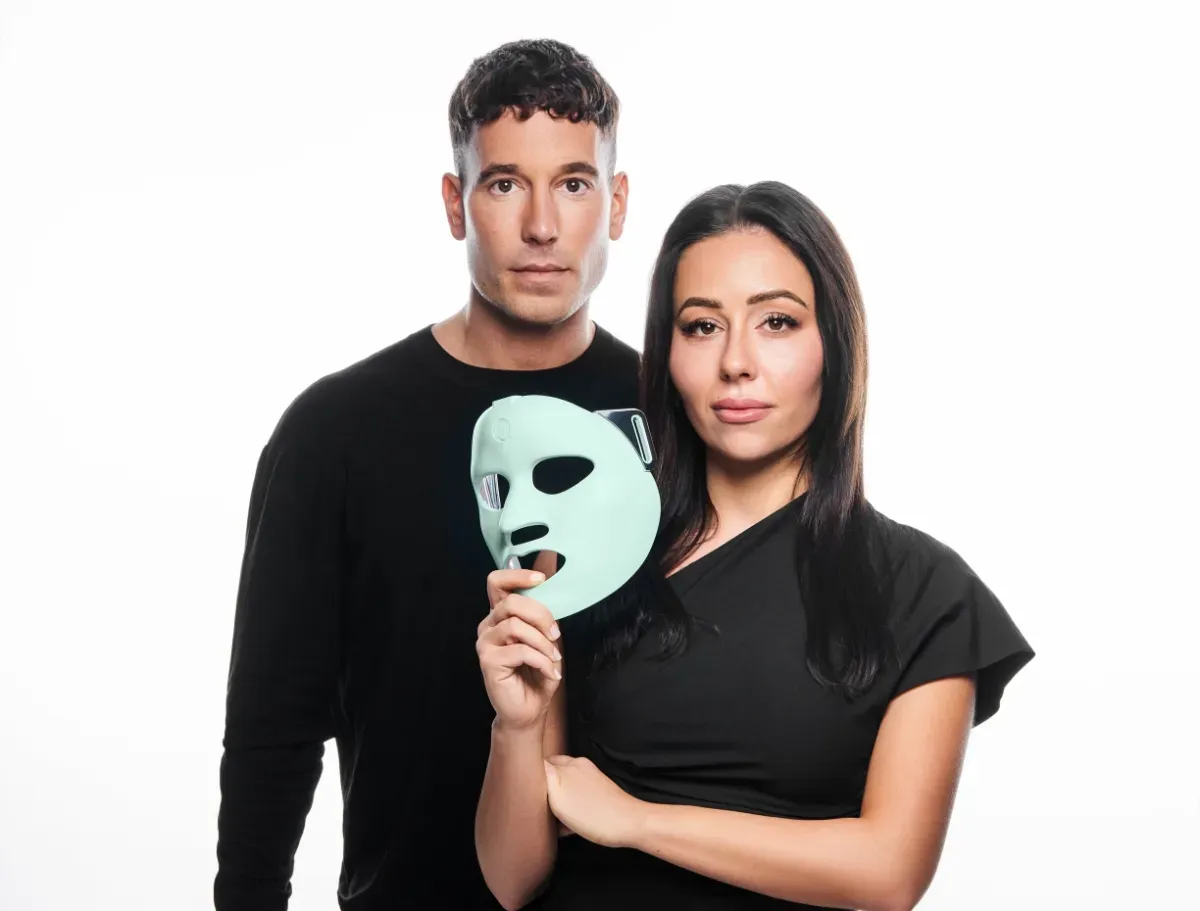Tyson White was tired of chasing color palettes.
After 25 years building brands like Quicksilver, Burton, and Nixon, he'd mastered the game. Four seasons a year. Fast fashion cycles. Hot new trends that would be forgotten by next quarter.
But then came the Navy SEAL project.
Join Bora Celik as he chats with Tyson White, President / Founder at Salvation Brands (Bootcap, SPC/LST, The Brown Buffalo, and Ruby Mint).
Watch/Listen: YouTube | Apple Podcasts | Spotify | RSS Feed
The Moment Everything Changed
"It was the most purpose-built thing I'd ever created," Tyson tells me from his office at Salvation Brands, where he now manages four different companies. "And it was super rewarding to do that. It changed the way that I looked at everything I'd done before."
The watch was designed specifically for Navy SEALs and special forces. Every detail mattered. Every component served a purpose. There was no room for trends or seasonal color stories.
"It made me no longer want to do anything that was fast fashion," he says. "By the time I got to my final couple of years at Nixon, I was so done in my mind with like chasing fast fashion."
From Orange County Kid to Brand Builder
Tyson's story starts in Orange County in the '90s. He was 19 when he launched his first brand, making t-shirts and hoodies. The business plan was solid. The passion was real. But banks don't loan $100,000 to teenagers.
"Because experience matters," he laughs.
So he went to work for Quicksilver. This was 1995 - the year before they hit $100 million. "We were like 800 million by the time I left. It was a rocket ship."
But even then, Tyson was different. He didn't just follow orders. He looked for gaps.
"I was always looking for opportunities that weren't being realized by the brand," he explains. "Quicksilver wasn't competitive with what Volcom was doing. So I came up with this idea and I proposed to Bob, the CEO, that we should create a brand. We called it X70."
The brand hit $7 million at its peak. Not bad for a side project.
The Corporate Treadmill
For years, Tyson became the guy you called for the impossible projects. Start a new division at Burton? Sure. Take it from $1 million to $45 million in four years? Done. Build a smartwatch with Google? Why not.
"I was always the person that would take on the hard project, but the one that seemed like it had massive unrealized potential," he says.
But success felt hollow. The private equity playbook. The bad CEOs. The handcuffs of corporate life.
"I'd never want to be handcuffed with my livelihood and my potential for growth or earnings to be so tied to someone else's bad decisions," Tyson reflects. "I was like, I just want to invest in things I believe in, in people I want to work with. And I don't want to work with assholes."
Building Something Pure
Today, Tyson runs four brands that couldn't be more different from the corporate machine he left behind. SPC/LST makes technical apparel that costs what it costs. Brown Buffalo builds bags for people who actually travel. Ruby Mint creates beach towels that are "40% bigger, 40% heavier weight, twice the quality." And °bootcap? It's a patented invention that keeps your toes warm while skiing.
"They're all trying to solve a real-life problem," he says. "Even the Ruby Mint serves the female audience, and where a lot of the brands in that space aren't doing that, they're what I keep calling dude brands."
The Anti-Formula
SPC/LST breaks every rule Tyson learned in 25 years of brand building. They don't start with a price point and work backwards. They don't chase trends or seasonal colors.
"We just build it from the ground up," he explains. "What does it need? How should it fit? What material should be made out of? What's the best possible construction practice we can put into that? And if it ends up being a $1,200 item, then it's a $1,200 item."
Most brands are "looking for every single corner that they can cut to squeeze the maximum amount of profit out of it." SPC/LST uses a simple 4X markup. If it costs $25 to make, they sell it for $100. If it costs $300, it's $1,200.
"Very different approach," Tyson admits. "And it really starts with the purpose of the product."
Person Built
The tagline for SPC/LST is "person built." It's more than marketing speak.
"We're building for the person more than we're like, it does hint at purpose-built, but it's more than that," Tyson explains. "We want to have the freedom to make all the things that we need, that you wear or carry."
They're planning sunglasses. Maybe footwear eventually. The goal isn't to fill out a traditional product matrix. It's to outfit their customer - or themselves - with everything they actually need.
"We're only gonna do it if we can do it at a really high level," he says.
Standing Out in the Noise
In a world of identical Instagram ads and AI-generated everything, SPC/LST looks different. The aesthetic is dark, Nordic, and almost mysterious. Think Fever Ray for clothing brands.
"I wanted to create a brand that made people, inspired people, like the brand itself inspired people," Tyson says. "Even if it's from both an aesthetic, like is it beautiful, but also in a provocative way."
The approach is working. "I get hit up on LinkedIn all the time from people I admire and I'm not even connected to and they're like, I love what you guys are doing. It stands out in a sea of things that are the same."
The AI Question
These days, everyone's talking about artificial intelligence. Tyson is both excited and terrified.
"On one hand, I think it's terrifying," he admits. "But the same time, people who don't learn how to adopt it and leverage it are gonna be left behind."
His teams are experimenting. The younger employees teach the older ones. They're using AI for marketing and digital advertising, not design - yet.
"The people that reject it are going to be left behind on the sidelines," he says.
The Headaches and the Hope
Managing four brands simultaneously? "It is quite stressful," Tyson laughs. Cash flow is always tight when you're self-funded and growing. "You don't have a massive amount of chunk of cash just sitting around."
But he's optimistic. "I believe in all the things, all the brands. And they all have different meanings. I can see where they will all end up."
After 25 years of building other people's dreams, Tyson White is finally building his own. Four brands. Four different problems to solve. All built from the ground up, the way he thinks they should be built.
"If you can get past that, and just persevere and focus on it, you end up one day with a successful brand," he says. "If you're even half good at what you do."
That Navy SEAL watch taught him something important: when you build with purpose instead of chasing trends, work becomes something you can be proud of.
The rest is just noise.
Help build the opportunity economy for creators and brands. Request your invite at collabs.io



